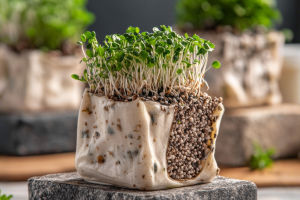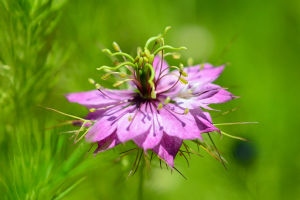Have you ever wondered how cacti manage to live and even thrive in some of the hottest, driest places on Earth?
Deserts are known for their harsh conditions — extreme heat, very little water, and nutrient-poor soil. Yet cacti not only survive but flourish in these environments.
This article explores the amazing adaptations and survival strategies that allow these remarkable plants to conquer the desert. Let's uncover the secrets behind their success!
Water Storage: Nature's Reservoir
One of the most important reasons cacti thrive in the desert is their incredible ability to store water. Unlike many plants, cacti have thick, fleshy stems that act like reservoirs. These stems can swell and store large amounts of water during rare rainfalls, allowing the plant to use this reserve during long dry periods.
This adaptation is crucial because water is so scarce in deserts. The stored water keeps the cactus alive and functioning, even when external sources vanish.
Reduced Leaf Surface: Minimizing Water Loss
Another clever adaptation is the cactus's leaves—or rather, the lack of them. Most cacti have spines instead of traditional leaves. Why? Because leaves typically lose water through tiny openings called stomata, especially in hot weather. By replacing leaves with spines, cacti drastically reduce water loss.
These spines also protect the plant from herbivores and provide some shade, which helps lower the temperature around the stem.
Specialized Photosynthesis: CAM Pathway
Cacti use a unique type of photosynthesis called Crassulacean Acid Metabolism (CAM), which helps them conserve water. Unlike most plants that open their stomata during the day, cacti open theirs at night to take in carbon dioxide. This strategy reduces water loss because the cooler nighttime temperatures lower evaporation.
During the day, the stomata close, and the plant uses the stored carbon dioxide to photosynthesize. This adaptation is vital for survival in arid environments.
Root System: Spreading Wide and Deep
Cacti have adapted root systems designed to maximize water absorption. Some cacti have shallow, widespread roots that quickly absorb surface water from brief rains. Others have deep taproots that reach groundwater far below the surface. This flexible root strategy ensures cacti can take advantage of whatever water source is available, whether it's a quick rain or underground moisture.
Protective Features: Spines and Thick Skin
Besides minimizing water loss, cactus spines serve as a defense mechanism, deterring animals from eating the plant for its precious water. Additionally, cacti have a thick, waxy skin called the cuticle, which acts as a barrier to prevent water evaporation.
This tough outer layer also protects the plant from intense sunlight and heat, further aiding its survival in extreme conditions.
Temperature Regulation: Coping with Heat and Cold
Deserts are not just hot during the day; they can be surprisingly cold at night. Cacti have evolved to tolerate wide temperature fluctuations. Their structure allows them to withstand intense heat by reflecting sunlight off their surface, and their water content helps regulate temperature changes.
Some species even go dormant during the hottest or coldest periods to conserve energy and resources.
Reproduction and Survival Strategies
Cacti have also developed unique ways to reproduce and spread their species despite harsh conditions. Many produce flowers that attract specific pollinators, such as bats, bees, or birds, which help transfer pollen in the desert's challenging environment. After pollination, cacti produce fruits containing seeds that can survive long periods without water, ready to sprout when conditions improve.
Conclusion: Lessons from the Desert Survivors
The story of cacti is a powerful reminder of nature's resilience and ingenuity. Their specialized adaptations—water storage, reduced leaves, CAM photosynthesis, and protective features—demonstrate how life can flourish in even the most challenging environments. Next time you see a cactus, think about the incredible strategies it uses to thrive where few others can. What other desert plants fascinate you with their survival tricks? Share your thoughts!


